Inflatable Life Vests, Jackets (PFDs)
For a compact, comfortable PFD, our Inflatable Life Vests are hard to beat, whether you are out sailing, power boating or fishing.
51 products
Showing 1 - 24 of 51 products
For a compact, comfortable PFD, our Inflatable Life Vests are hard to beat, whether you are out sailing, power boating or fishing.



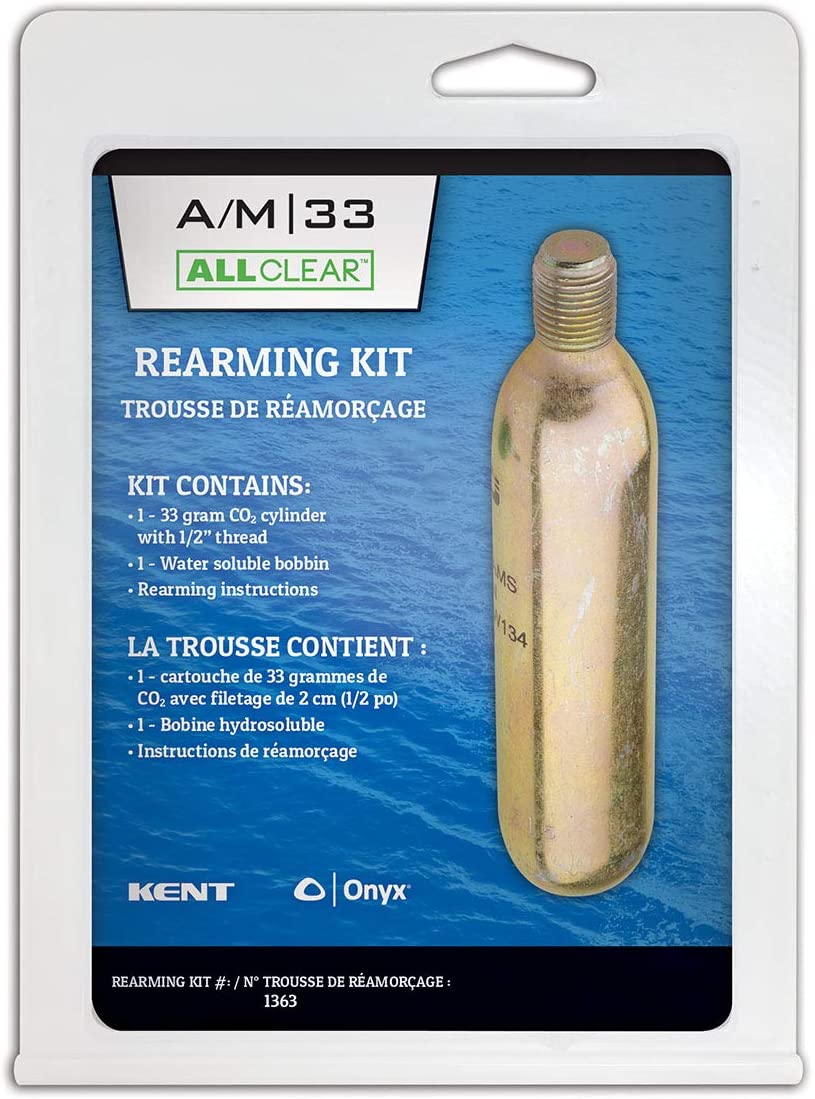






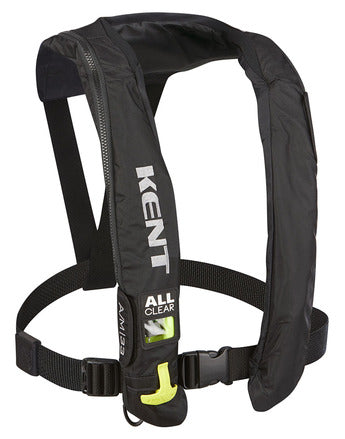
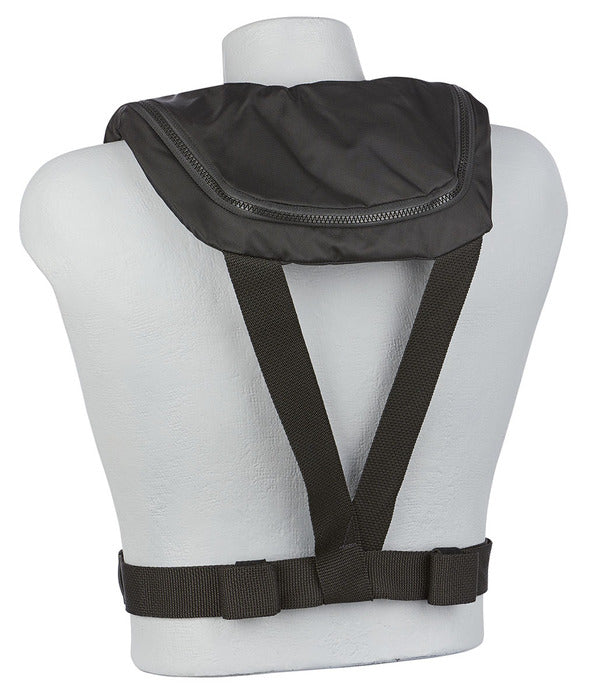

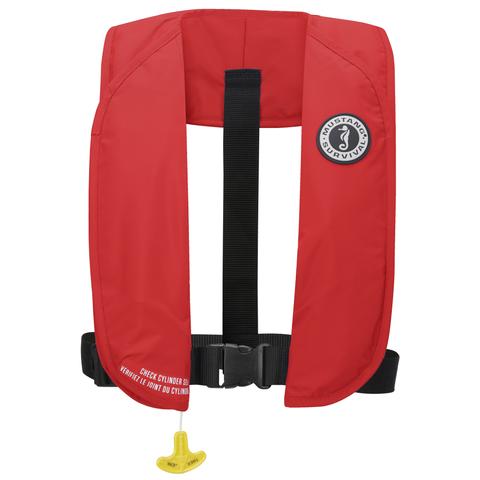
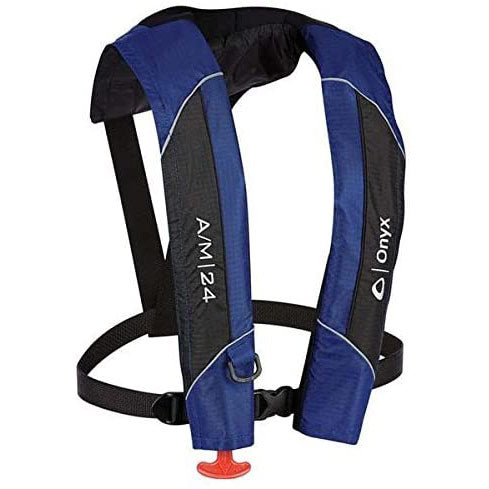





![Mustang MIT 100 Inflatable Automatic PFD - Red [MD2016 03 04]](http://www.go2marine.com/cdn/shop/files/563097-mustang-mit-100-red-inflatable-pfd_0.jpg?v=1763596892&width=800)
![Mustang MIT 100 Inflatable Automatic PFD - Red [MD2016 03 04]](http://www.go2marine.com/cdn/shop/files/563097-mustang-mit-100-red-inflatable-pfd_1.jpg?v=1763596892&width=800)










Inflatable Life Vests – Lightweight, Reliable Marine Safety for Boaters & Anglers
Go2marine’s Inflatable Life Vests collection offers advanced, low-profile flotation solutions for recreational boaters, sport fishermen, and offshore professionals. Designed for comfort and convenience, these USCG-approved inflatable PFDs (Personal Flotation Devices) provide automatic or manual inflation, making them ideal for long days on the water without sacrificing safety.
Why Choose Inflatable Life Vests?
- Lightweight & Comfortable – Slim, ergonomic designs allow full range of motion, perfect for fishing, sailing, and active boating.
- Automatic & Manual Inflation Options – Choose between auto-inflate models that activate upon water immersion or manual pull-cord styles for controlled deployment.
- USCG-Approved Safety – All inflatable vests meet or exceed U.S. Coast Guard standards for recreational and commercial use.
- High Buoyancy Ratings – Offers superior flotation compared to traditional foam life jackets, ideal for offshore and deep-water conditions.
Ideal For:
- Recreational boating
- Sportfishing and tournament anglers
- Sailing and personal watercraft
- Kayaking and paddle sports
- Commercial marine crews seeking lightweight alternatives
Featured Styles:
- Belt-Pack Inflatable PFDs – Discreet waist-mounted flotation ideal for paddle sports and warm-weather boating.
- Harness-Compatible Vests – Designed for offshore sailing and deck work, with integrated safety harnesses.
- Rearming Kits Available – Easily reset your vest after deployment with Go2marine’s selection of CO₂ rearming kits.
Trusted Brands:
- Mustang Survival
- Kent Safety Products
- Onyx
- Stearns
Whether you're casting lines, cruising open water, or working on deck, Go2marine’s Inflatable Life Vests deliver marine-grade safety, comfort, and peace of mind—without the bulk of traditional life jackets.


